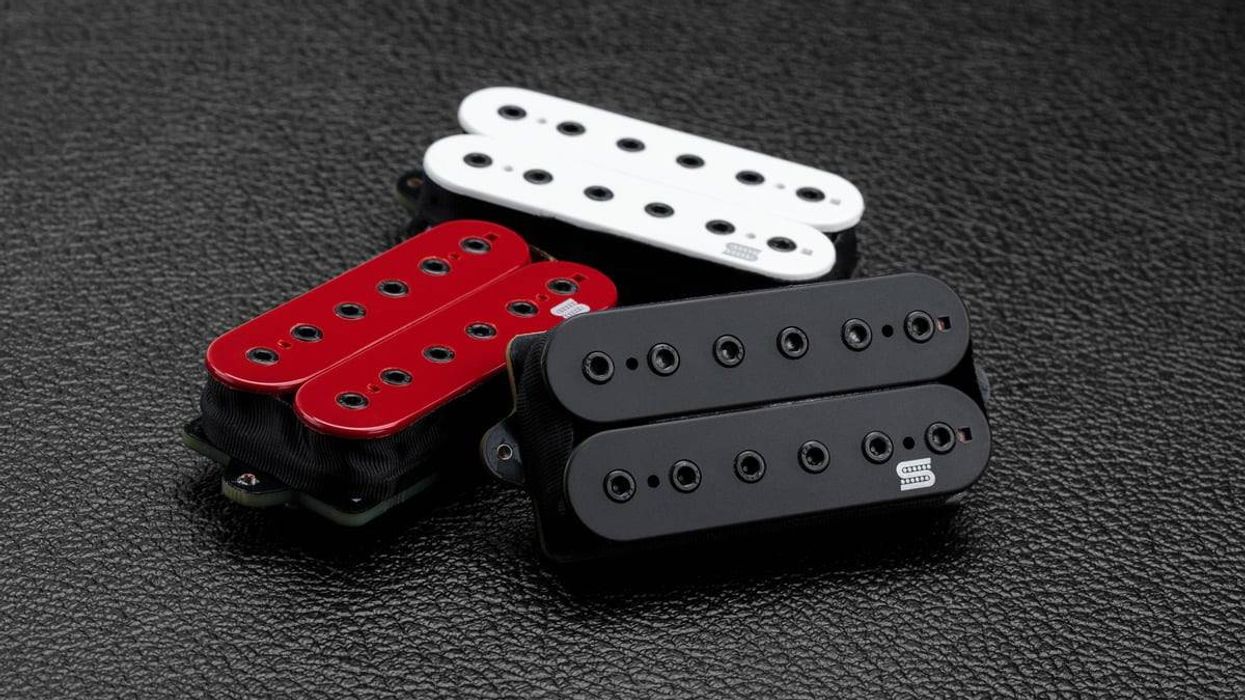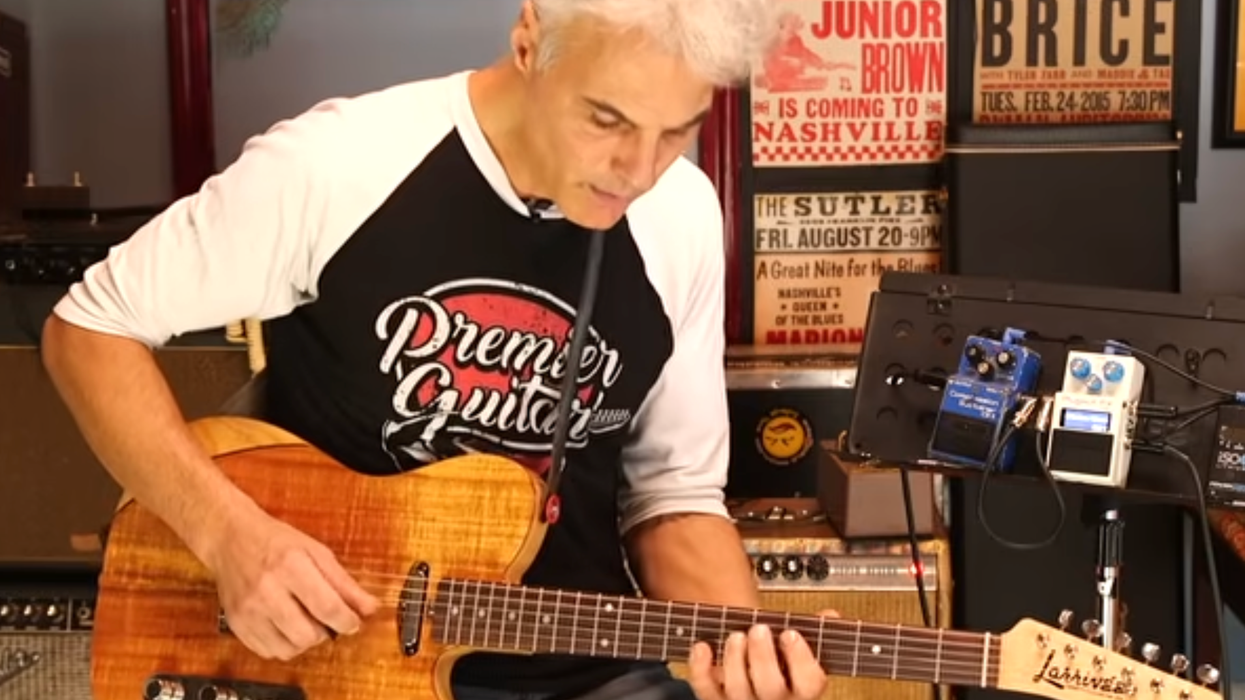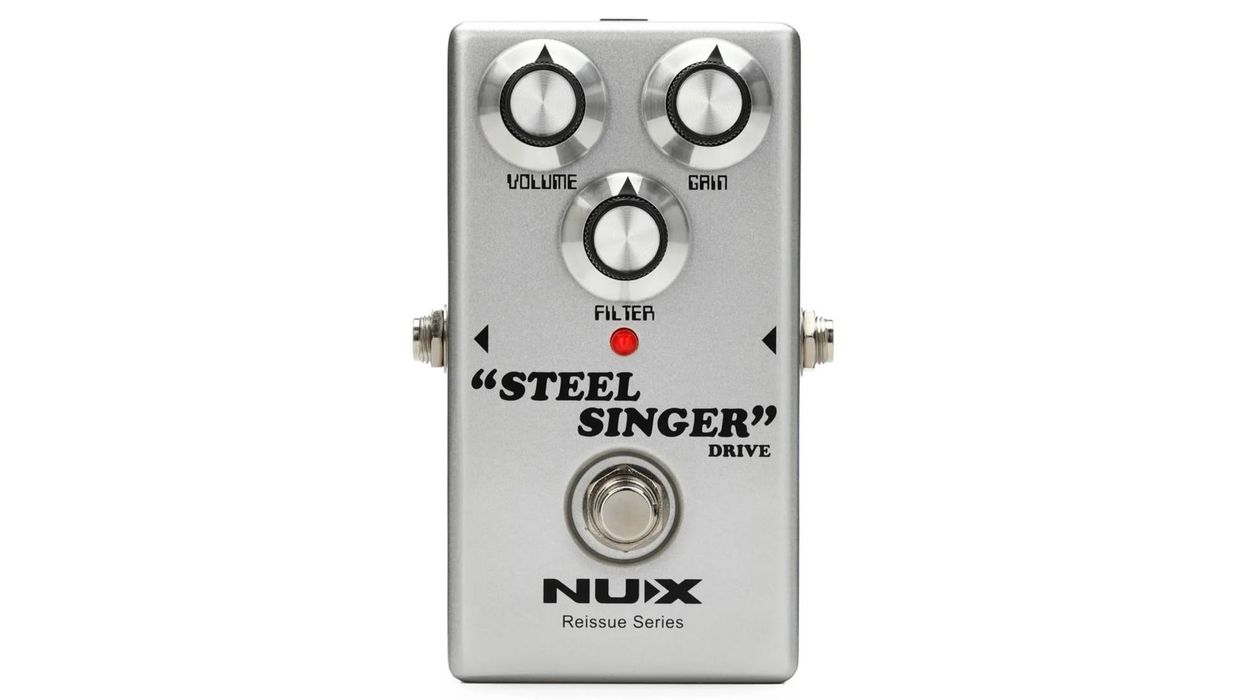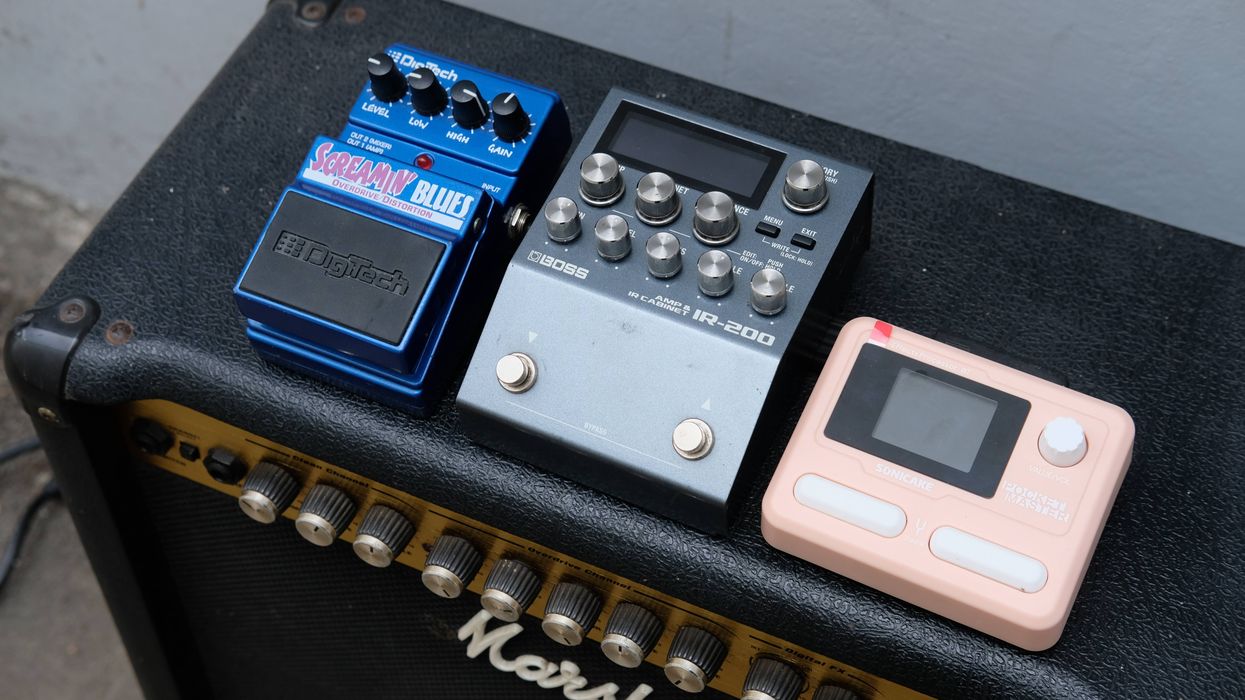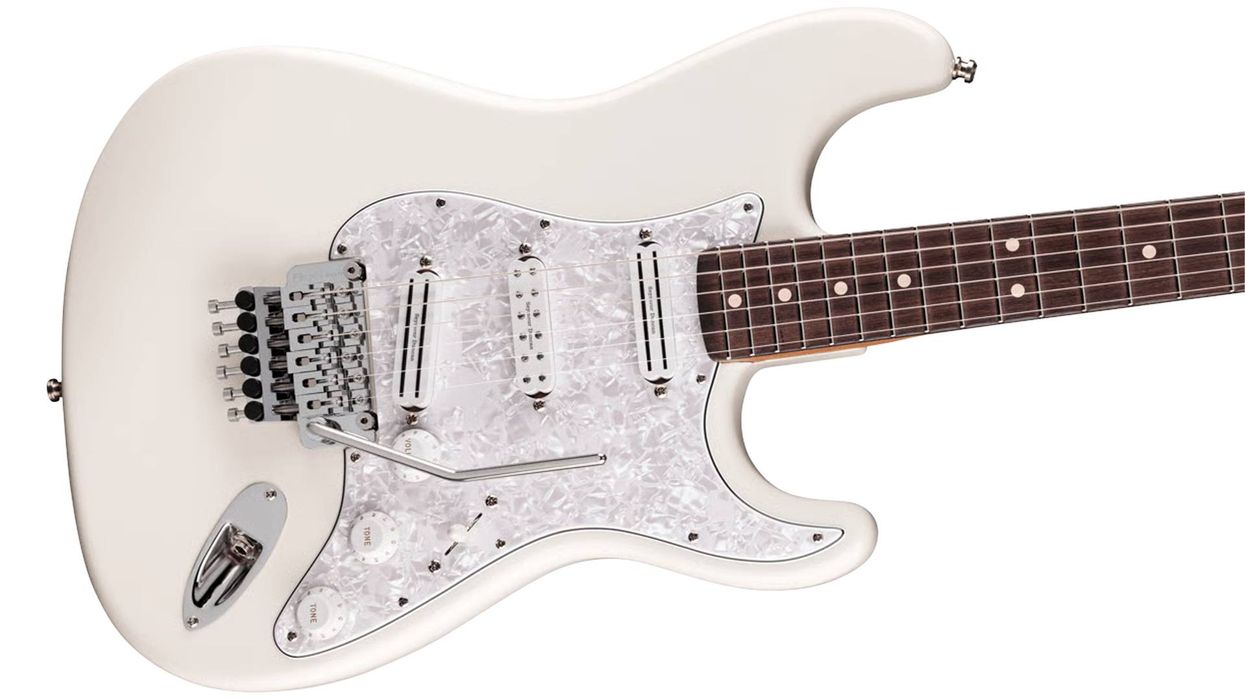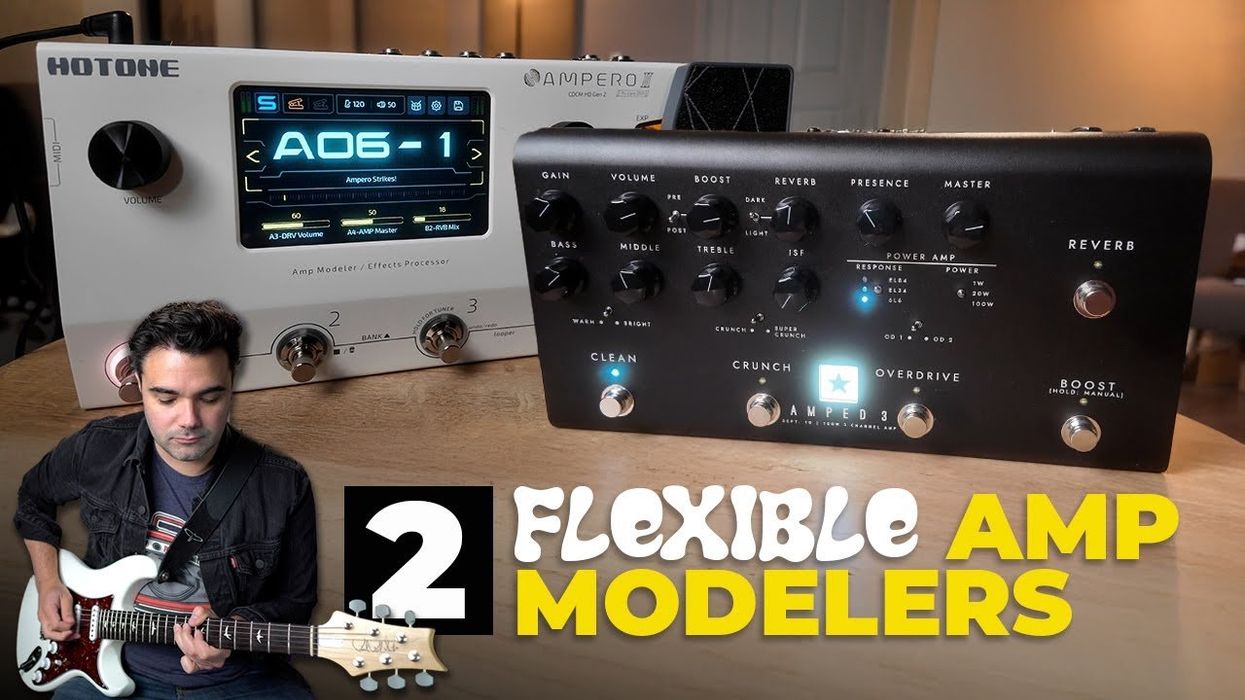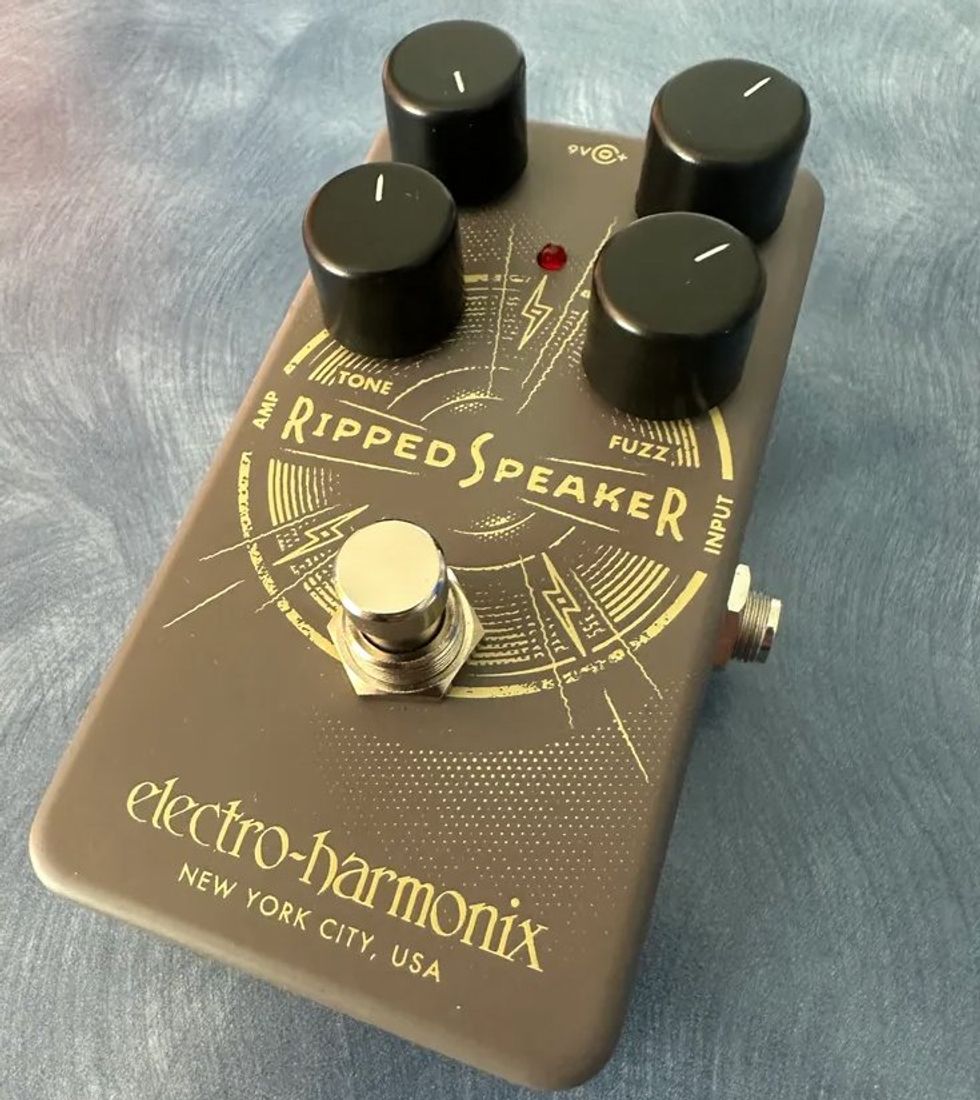Click for larger examples
My fifth-grade English teacher, Mrs. Jackson, went to the board one day and wrote the word GO for all of us to see. She then said, “This is the generic word ‘go.’ I would like you all to write as many specific words to replace the word ‘go’ as you can think of.” We came up with quite a list: Walk, run, fly, skip, drive, amble, stroll, hurry, split, boogie, and on it went. Each specific word carried with it an image that showed us details about the act of going. Each word showed us the mood and the spirit of the going. The going now had some intention.
Guitarists are often provided with a generic chord chart to follow, a harmonic map that gives us creative freedom to turn the basic chords into something more specific to fit the musical context.
A great exercise to break away from generic chords in our playing is to start with a chord you know well, and then dress it up. This accessorizing involves adding or subtracting notes to create tensions. If, after fretting a chord, you have a finger left over, drop it down somewhere and see if you like how it sounds. Remember, if you don’t like what you hear the first time, you might love it in a new context, so don’t immediately rule anything out.
Let’s use a C triad—the generic chord C, if you will—as an example to work with.
Since it’s a major triad, we need to keep it in the major family of chords. Fig. 1 shows some ii-V-I progressions that each resolve to a different form of C major. Going from left to right, the sounds and fingerings become more interesting. We’ve just found eight ways to express C more specifically, not to mention the variety of Dm7 and G7 chords we’ve used.
Fig. 2 shows some tricks with a D major triad on the first three strings—you know, the D that looks like a triangle. Normally, you’ll have one finger left over to try out new things. But let’s make a half-barre instead, so that you play the first three strings with your first finger and the note D on the 2nd string with your second finger. Now you have two fingers left over to find interesting sounds. You’ll find the G on the 3rd fret of the 1st string a fairly comfortable sound here, making the triad a sus4. But what happens if we raise that extra note to the 4th fret on the E string, or G#? Sounds funny at first, for sure. But now play an A chord and then go back to that D chord with the G# on top. Sounds beautiful, right? Check out the short example in Fig. 3. Because we give it a context, the chord takes on a new sonic identity that makes it work. In the key of A major, G# is the seventh degree, and it gives us a wonderful #4 sound on the IV chord, D.
When it comes to dominant chords, we have many options for adding tension. The “rule” to follow is to keep natural tensions natural and altered tensions altered. That means if you want a substitution for G9, try G13, or if you want to play G7#9 some other way, try G7b13. There are a number of voicings we can find using fretted notes exclusively, thus making the chord movable (you’ll see a few in Fig. 1), but I’d like you to be even more adventurous and find as many as you can with open strings too.
Fig. 4 will get you started with a G9 that uses an open string followed by a G7b9 in the same open position. Listen to each as you play them and think about what chord you want to come next. Then draw from your specific chord collection to resolve (or not resolve) the dominant.
Jane Miller
Guitarist, composer, and arranger Jane Miller is has roots in both jazz and folk. In addition to leading her own jazz instrumental quartet, she is in a working chamber jazz trio with saxophonist Cercie Miller and bassist David Clark. The Jane Miller Group has released three CDs on Jane’s label, Pink Bubble Records. Jane joined the Guitar Department faculty at Berklee College of Music in 1994. You can reach her at janemillergroup.com.

